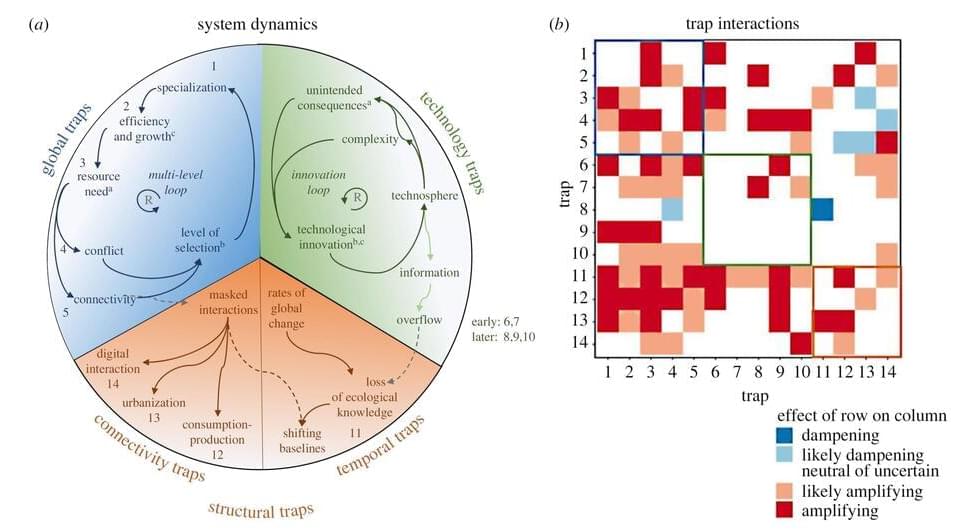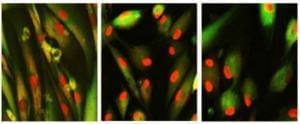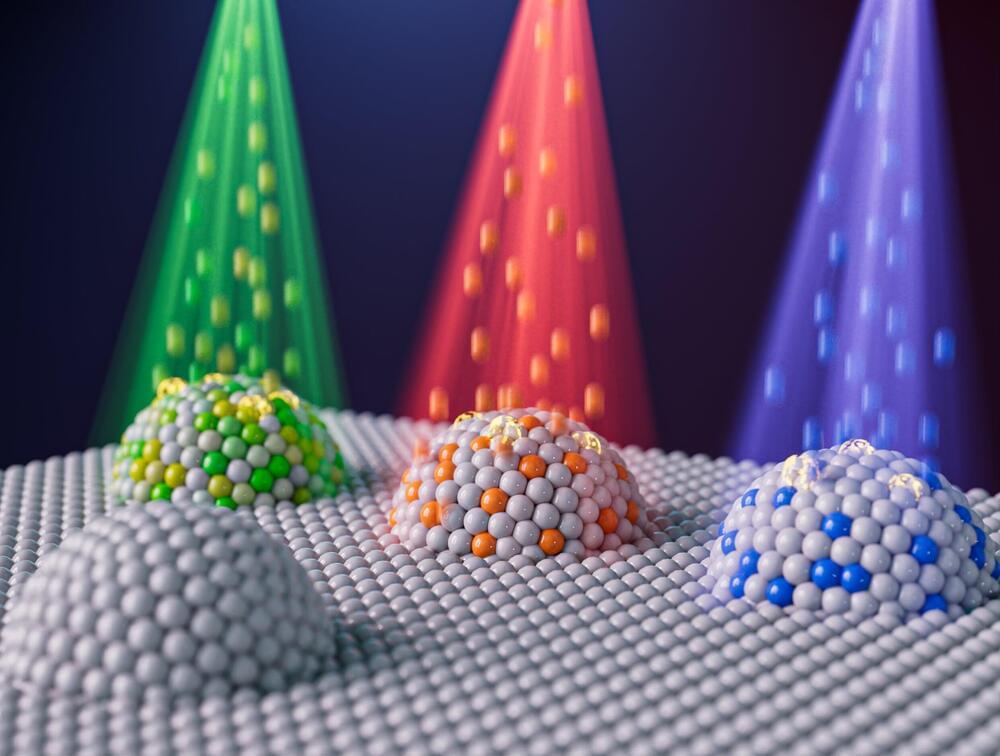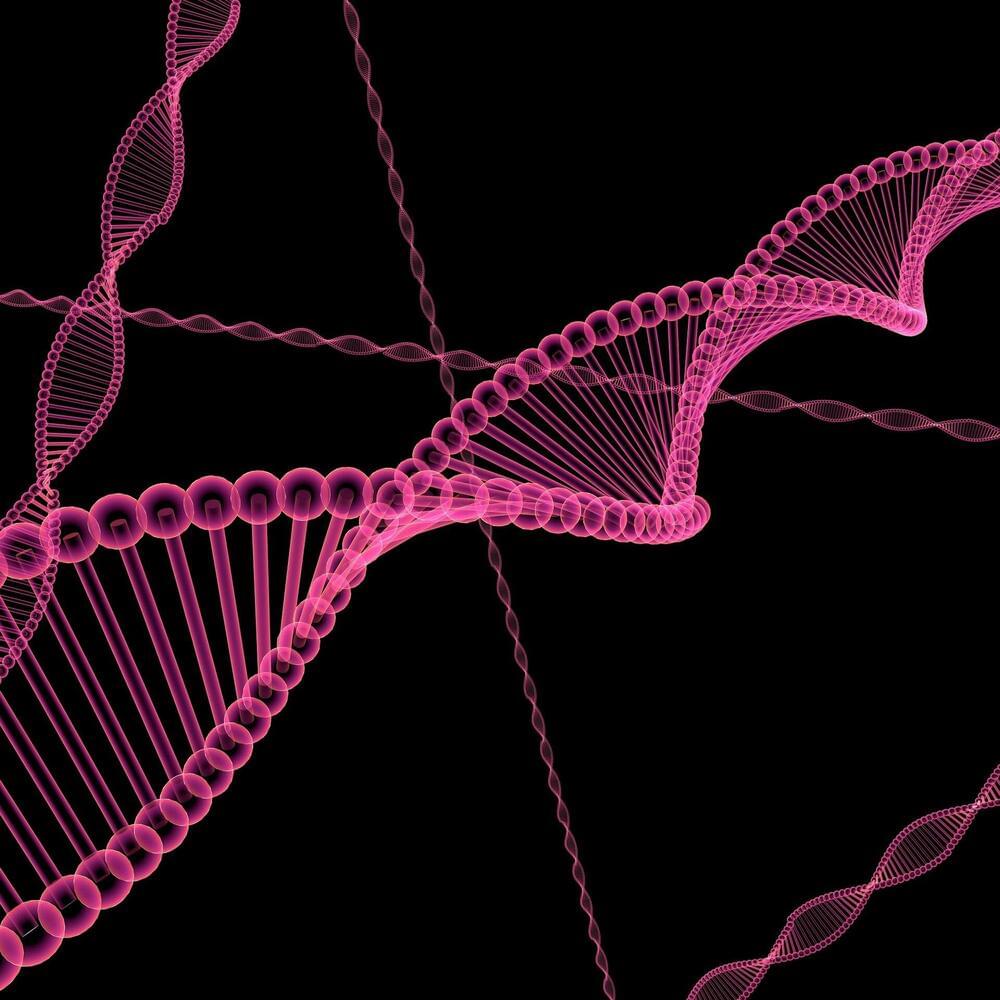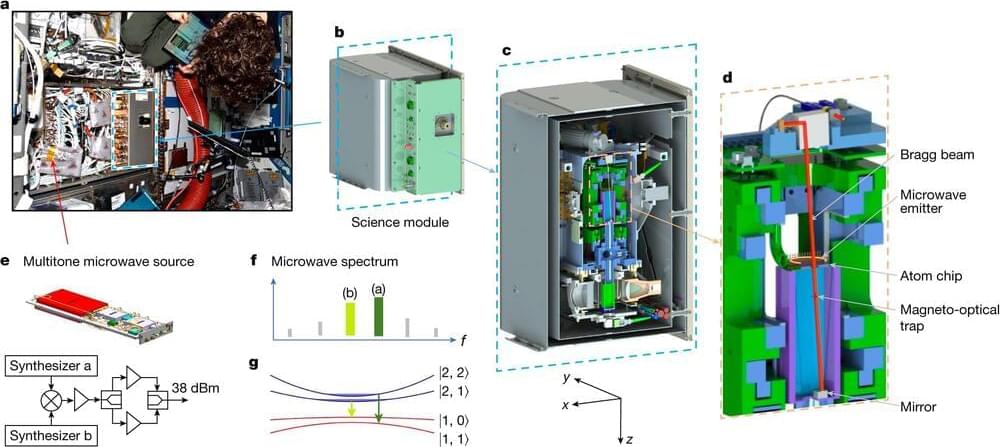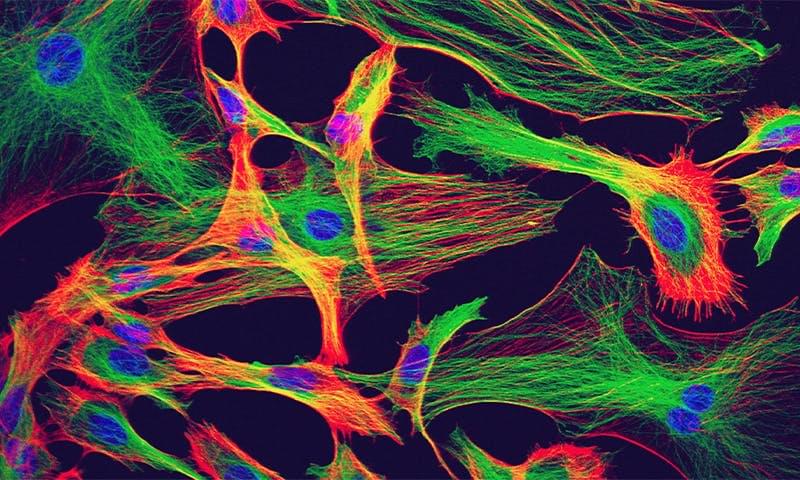Nov 21, 2023
New research maps 14 potential evolutionary dead ends for humanity and ways to avoid them
Posted by Lilia Lens-Pechakova in categories: biological, biotech/medical, chemistry, climatology, economics, finance, mapping, robotics/AI, sustainability
Humankind on the verge of evolutionary traps, a new study: …For the first time, scientists have used the concept of evolutionary traps on human societies at large.
For the first time, scientists have used the concept of evolutionary traps on human societies at large. They find that humankind risks getting stuck in 14 evolutionary dead ends, ranging from global climate tipping points to misaligned artificial intelligence, chemical pollution, and accelerating infectious diseases.
The evolution of humankind has been an extraordinary success story. But the Anthropocene—the proposed geological epoch shaped by us humans—is showing more and more cracks. Multiple global crises, such as the COVID-19 pandemic, climate change, food insecurity, financial crises, and conflicts have started to occur simultaneously in something which scientists refer to as a polycrisis.
